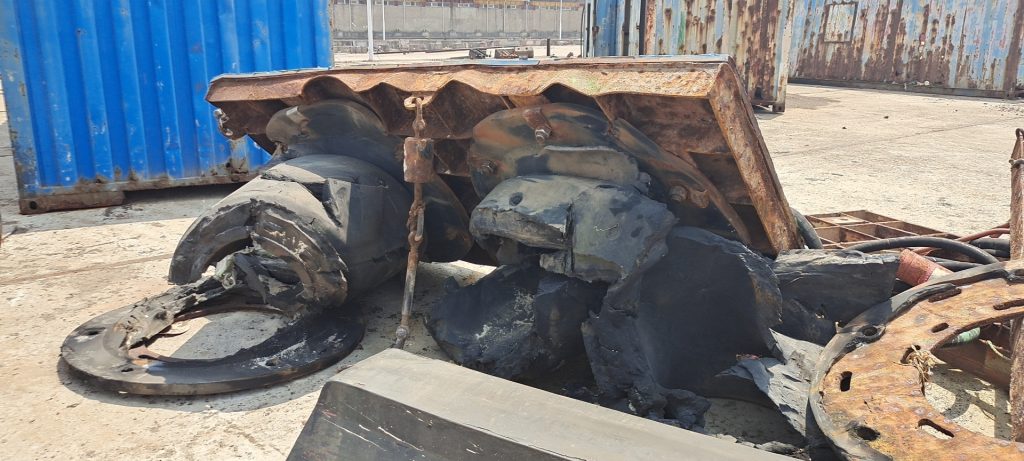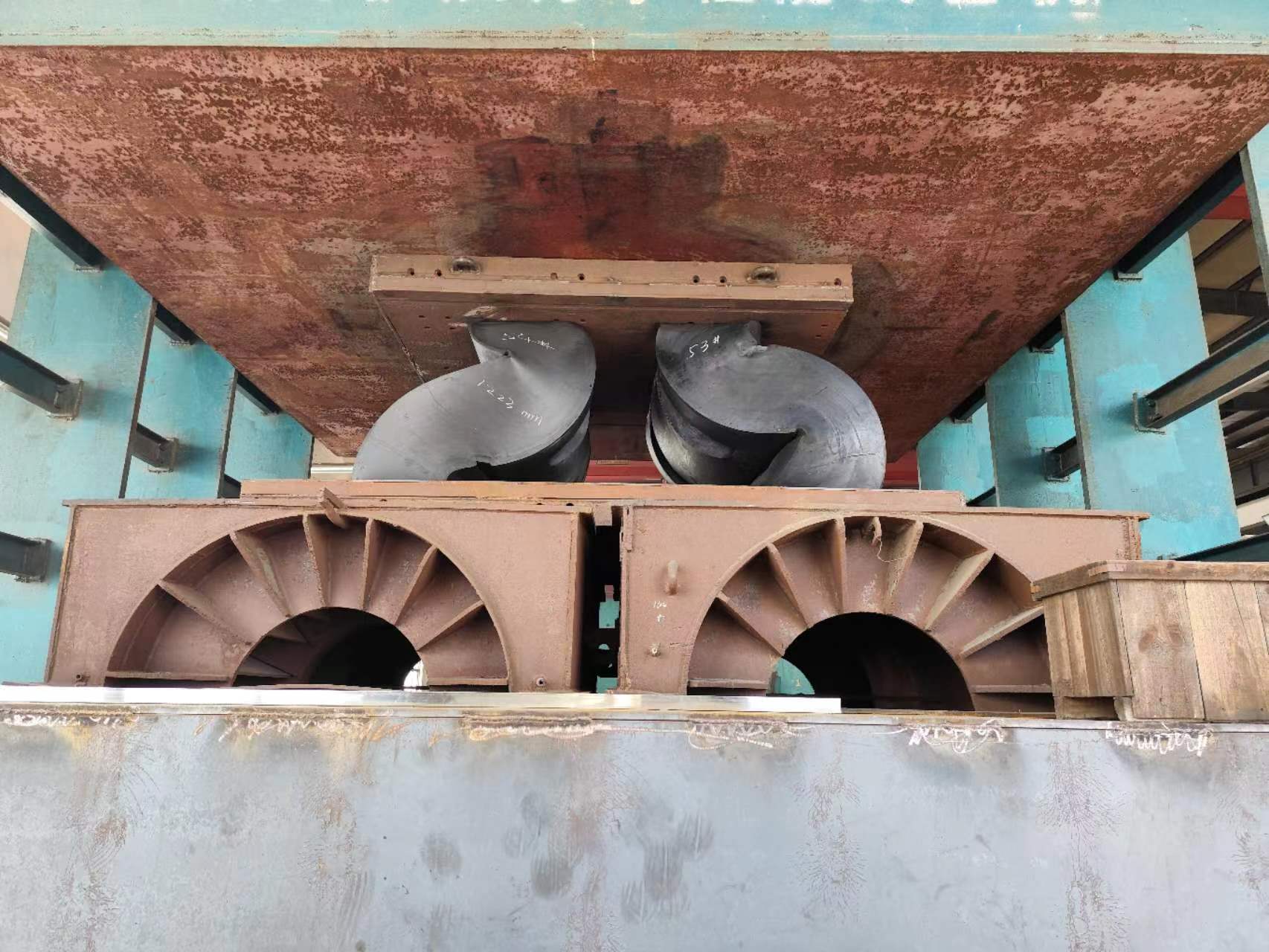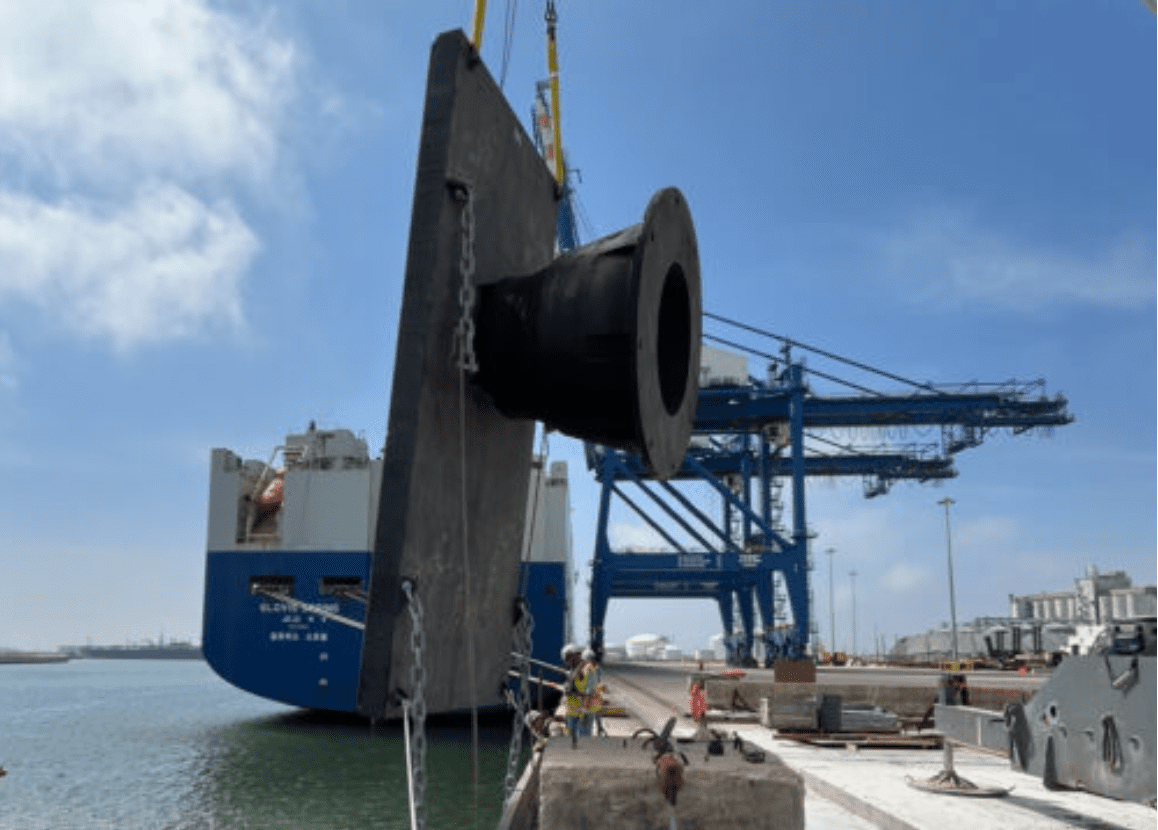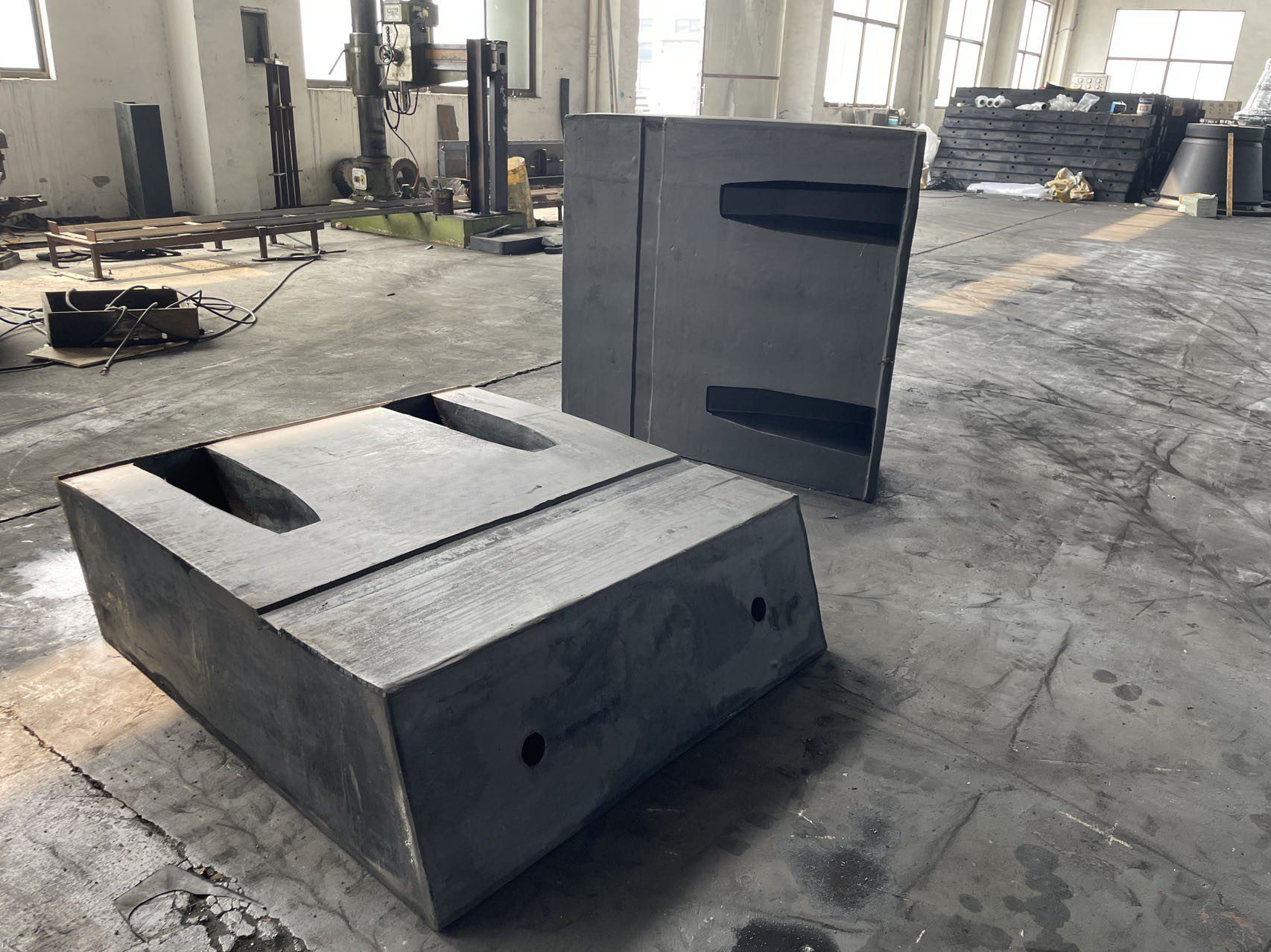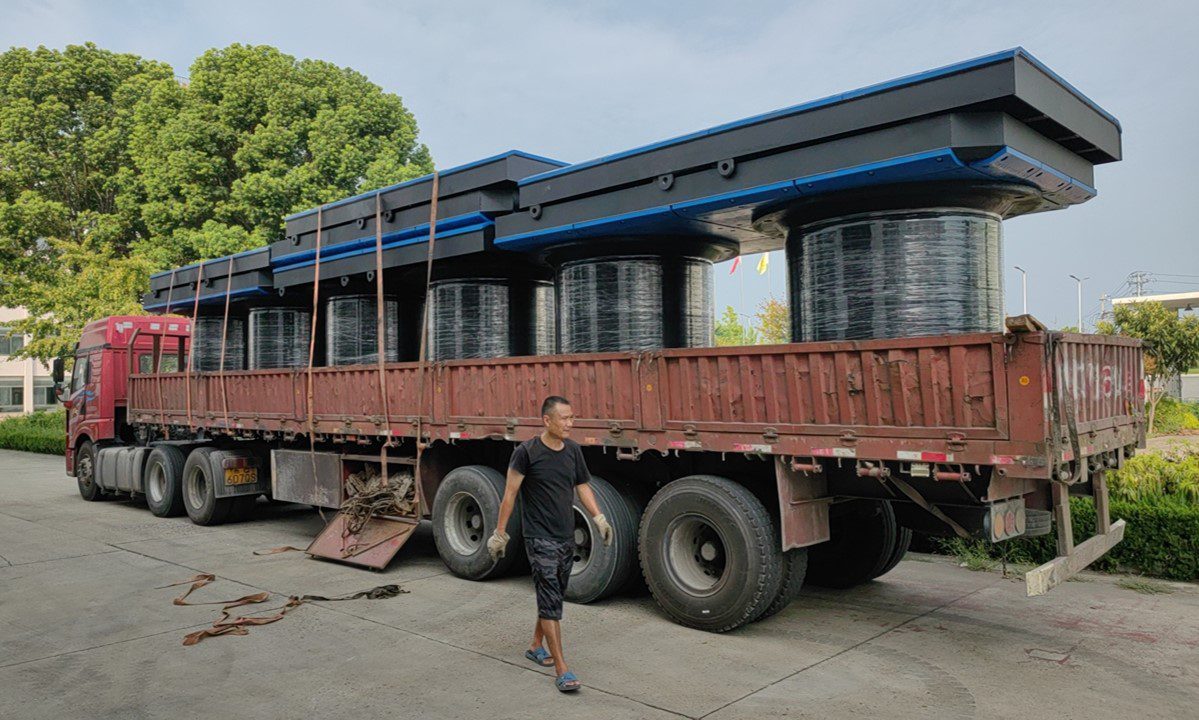Introduction
In every port, marine fenders are the first line of defense between vessels and quay walls. Together with mooring bollards, they form the core of safe berthing systems. When a fender system fails, the impact can be severe. A single fender failure may cause serious port safety risks, damage assets, and disrupt operations.
Why Fender Systems Fail
-
Weak materials
Low-grade rubber or poor rubber fendering mixes reduce durability. Small cracks expand quickly and lower energy absorption.
- Wrong design and fender panel issues
Wrong fender size or type reduces safety. Poor panel design leads to over-compression and early failure. Thin or weak panels crack fast. Misaligned panels add stress. Missing chain systems or failed corrosion protection weaken the entire fender system.
- Poor installation
Incorrect anchor position lowers stability. Loose bolts cut performance. Poor installation shortens service life and increases risk.
-
Lack of inspection
Without regular checks, hidden damage grows until sudden collapse occurs.
- 👉 For detailed guidance on proper selection and design, see the PIANC Guidelines for the Design of Fender Systems.
Examples of Fender Failure
-
Tanker berth accident (Picture A)
An Arch dock fender collapsed under impact. The vessel’s hull was damaged, and the berth closed for urgent repair.
-
Container terminal case (Picture B)
A low-cost Cell fender system cracked after only two years. Direct contact between the vessel and quay wall forced operations to stop.
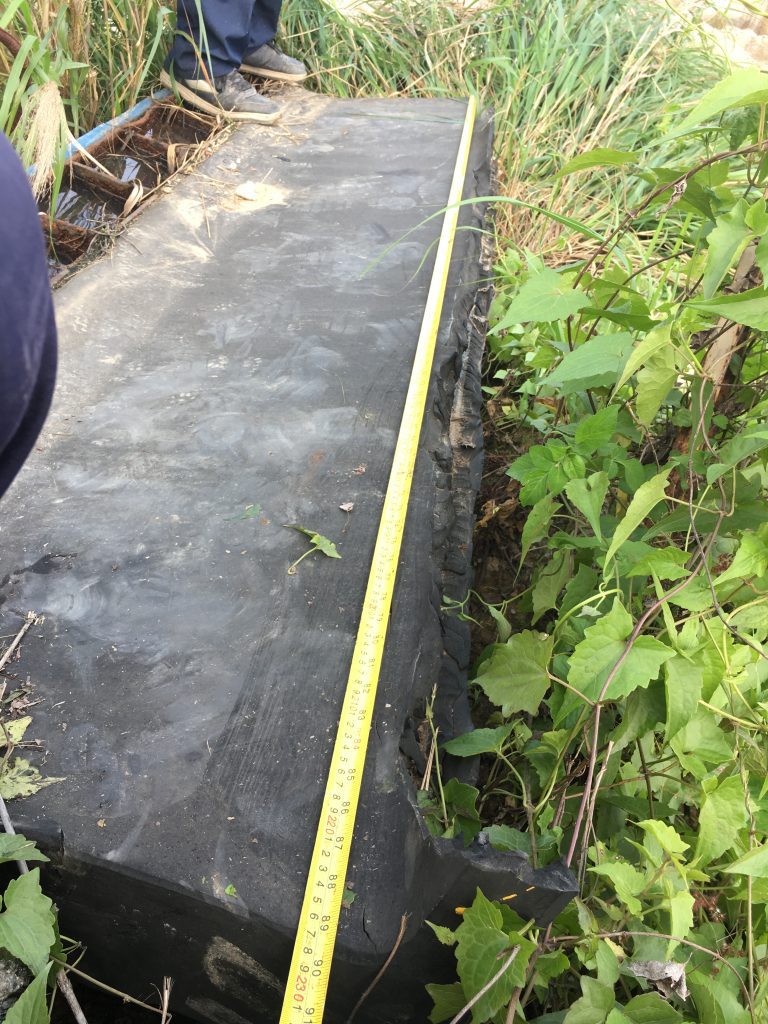
(Picture A)
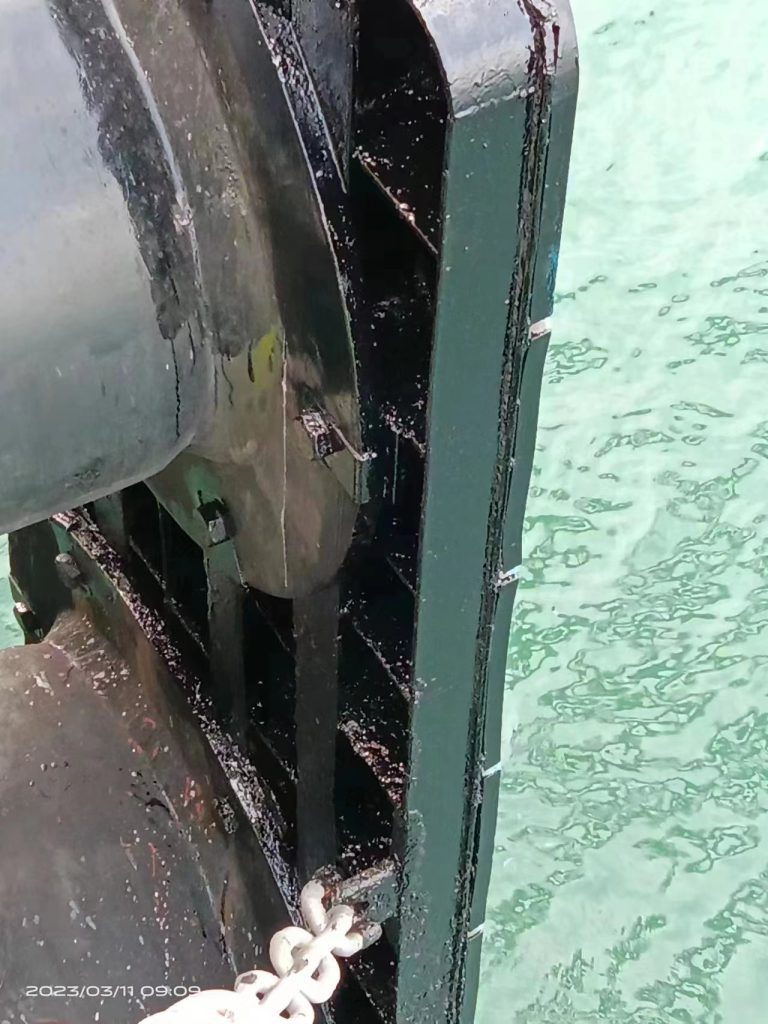 (Picture B)
(Picture B)
These incidents show that choosing cheap or uncertified marine fenders creates higher long-term risks.
Safety and Cost Risks
-
Vessel and quay wall damage
-
Crew injury and liability issues
-
Operational downtime and delayed shipping
-
Financial losses that exceed initial savings
Even a single fender system failure can cost millions.
How to Reduce Port Safety Risk
-
Choose rubber fendering made from certified materials.
-
Select marine fenders and mooring bollards according to vessel size and berth type.
-
Follow international standards such as ISO 17357-1:2014 – Floating pneumatic rubber fenders for testing and performance.
-
Schedule inspections to check for cracks, bolt strength, and steel panel corrosion.
-
Partner with trusted suppliers like SME Fender Systems, who provide proven solutions for ports worldwide.
Conclusion
Fender failure is not just a technical fault. It is a critical port safety risk that affects ships, terminals, and global trade. Investing in high-quality marine fenders, reliable mooring bollards, and durable rubber fendering ensures safe and efficient operations. A well-designed fender system protects assets, reduces downtime, and gives ports long-term security.

